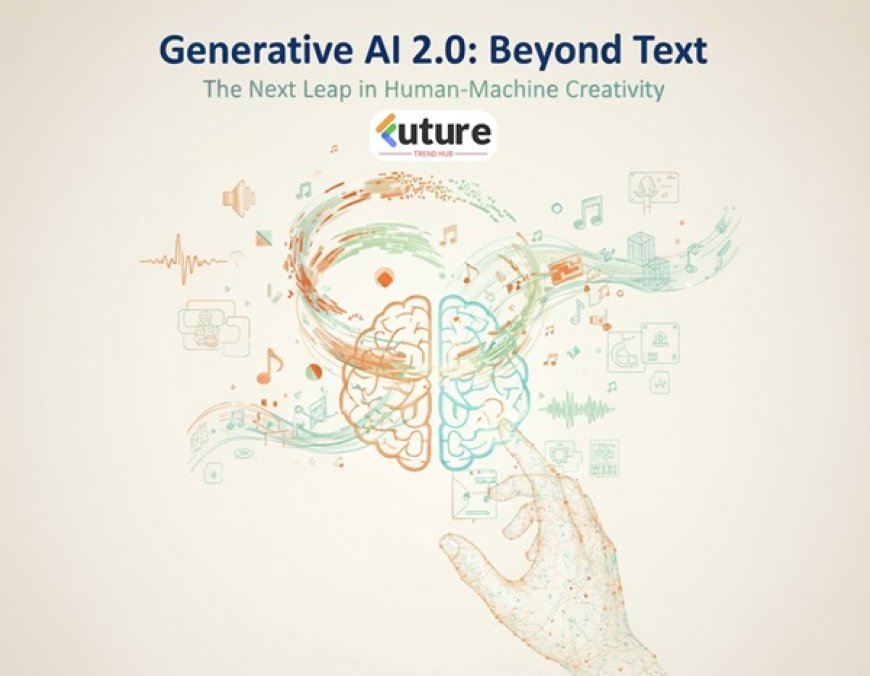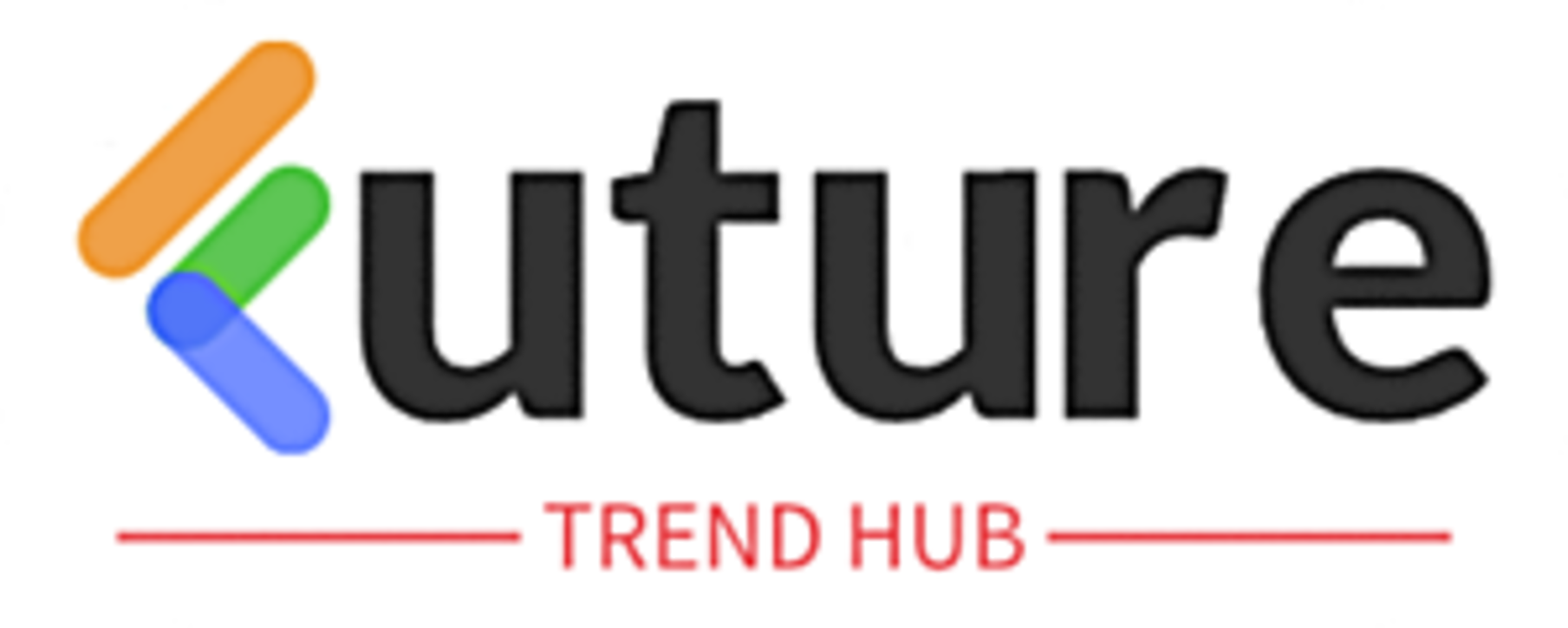Generative AI 2.0: The Future of Creativity Beyond Text
Discover how Generative AI 2.0 is transforming creativity — from text to video, art, and music — empowering humans to create beyond imagination.

A few years ago, people were amazed when ChatGPT could write an essay or draft an email in seconds. It felt like magic — an AI that understood what we said and responded like a human.
But that was just the beginning. Welcome to Generative AI 2.0 — a world where AI doesn’t just write words, it paints, sings, designs, animates, and even imagines in ways that blur the line between creativity and computation.
The Evolution — From Words to Worlds
In 2023, the big buzz was around text-based AI — chatbots, copywriters, and content tools. But by 2025, the conversation has moved far beyond words.
Generative AI is now multimodal — meaning it can understand and create across multiple forms of media simultaneously.
-
Text to Image: Tools like DALL·E and Midjourney made digital art creation as simple as typing a sentence.
-
Text to Video: Runway and Pika Labs are now letting creators turn scripts into cinematic clips.
-
Text to Music: Suno and Udio can compose original songs in any genre, with vocals that sound shockingly real.
-
Text to 3D / Design: Tools like Kaedim and Nvidia’s GET3D are changing how products, buildings, and game worlds are designed.
This shift means we’re no longer talking about AI as a writing assistant — it’s becoming a creative collaborator across every art form.
The Human + Machine Partnership
One of the biggest misconceptions about AI creativity is that it’s replacing human artists. The truth is far more exciting: it’s amplifying them.
Take the example of a small indie filmmaker. In the past, creating a short film required expensive gear, a team, and months of editing. Today, they can feed a script into an AI tool, generate scenes, adjust lighting, even add background music — all in a weekend.
The result isn’t “AI art” — it’s human imagination brought to life faster and richer through technology.
Generative AI 2.0 isn’t stealing creativity — it’s giving everyone the power to express themselves at scale.
The Technology Behind the Magic
Under the hood, this leap is powered by what researchers call multimodal large language models (LLMs) — systems that can process not just text, but also vision, sound, and even motion.
Think of models like OpenAI’s GPT-5, Google Gemini, or Anthropic’s Claude 3. These AIs don’t just read words — they see images, hear voices, and understand context. That’s what allows them to move seamlessly between storytelling, illustration, and design.
They are trained on huge datasets spanning images, videos, sounds, and human feedback, allowing them to understand how all these mediums connect. In short — they’re learning the language of the real world.
The Ethical Crossroads
But as the tech evolves, so do the questions.
Who owns AI-generated art? Should an AI song compete with a human musician? How do we ensure fairness, transparency, and originality?
These questions are shaping global AI policy, from the EU’s AI Act to copyright debates in Hollywood. The next few years will likely define the ethical boundaries for how humans and machines co-create responsibly.
As creators, users, and technologists, it’s up to us to ensure that innovation doesn’t outpace integrity.
Where We’re Headed
Generative AI 2.0 is not just about automation — it’s about augmentation.
We’re moving toward a world where everyone becomes a creator, even without technical skills.
Designers will sketch ideas with words. Marketers will build campaigns in hours, not weeks. Teachers will craft immersive learning experiences using AI-generated visuals and simulations.
In other words, creativity will no longer be limited by tools — only by imagination.
Generative AI 1.0 gave us the ability to write with machines.
Generative AI 2.0 lets us create with them.
It’s a thrilling era where pixels, sounds, and sentences merge — and the creative process becomes as infinite as the data that fuels it.
The next masterpiece might not come from a studio, but from a spark of human imagination — translated perfectly by an AI that finally understands more than words.
Generative AI 2.0 marks a new chapter in human-machine collaboration. No longer limited to text, today’s AI can paint, compose, animate, and design with stunning precision. This article explores how multimodal AI tools are redefining art, content creation, and innovation — empowering everyone to create without limits.







